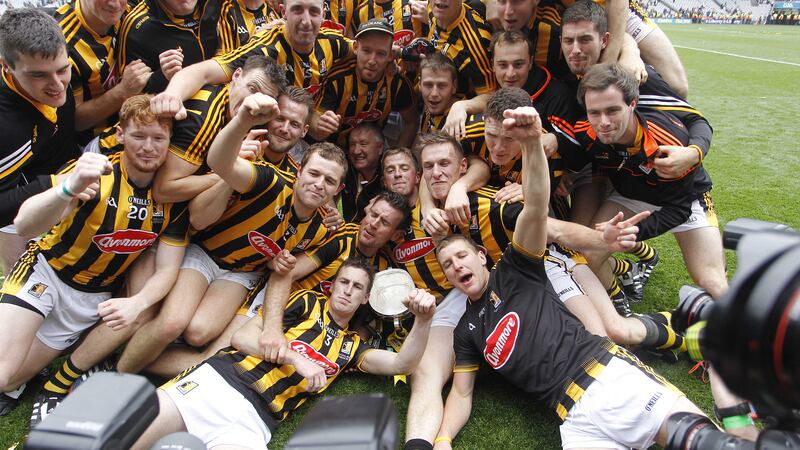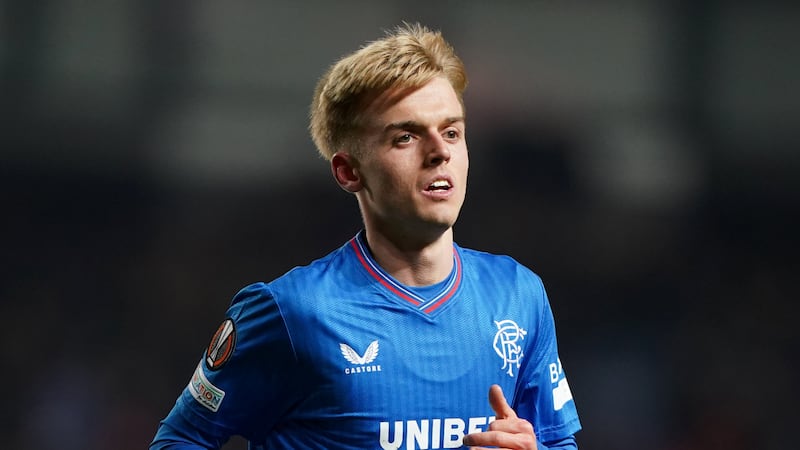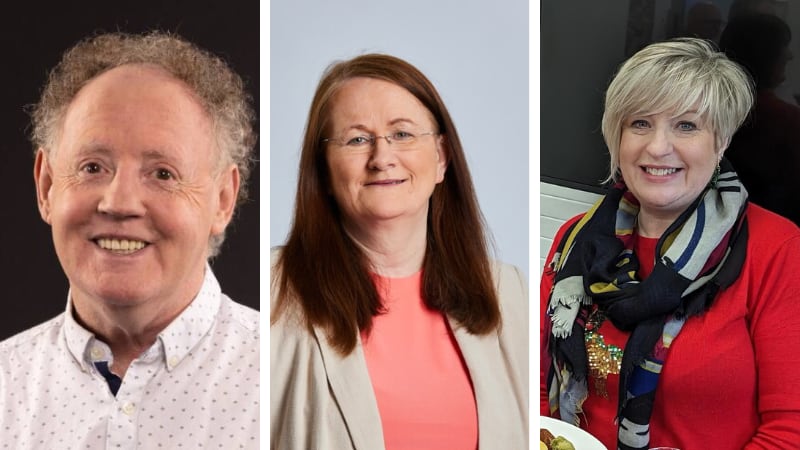AFTER sitting out most of the 2008 Championship for slapping the notebook out of referee Paddy Russell’s hand, Kerry star Paul Galvin was sent off again in the 2009 Munster semi-final replay against Cork on a straight red card. He had been excellent in the drawn game but Galvin had drifted off course and looked headed for the rocks once more.
He arranged a meeting with Jack O’Connor in Kenmare. Galvin felt it was time to leave it all behind. He had let Kerry, O’Connor and himself down. He didn’t want to be another summer sideshow. Could he justify sticking around? O’Connor didn’t listen or entertain the notion, but Galvin still wasn’t sure where that summer’s journey would lead.
Two days later, Galvin got an idea. He decided to drive. He picked up two friends and they ended up in Kilkenny. They docked outside Nowlan Park. It was the Friday before Kilkenny played Galway in the Leinster semi-final and the place was dotted with supporters looking for tickets for Tullamore.
Galvin was a hurler before he was ever a footballer and he ambled in for a look around. Straight away, he met Ned Quinn, the Kilkenny chairman. Quinn asked Galvin if he was lost. In so many ways he was, but Galvin had walked into the ideal place to find himself.
They walked the pitch together. Quinn told him stories about the Kilkenny players. They went into the dressing rooms and sat down. Quinn showed him where Tommy Walsh and Henry Shefflin sat. They went to the clubhouse and looked at the sepia tinted and coloured pictures on the walls, tradition and history almost dripping from the concrete.
The day was a turning point for Galvin. He went out that night in Kilkenny, not touching a drop of alcohol. He got up the next morning completely energised. He never looked back. By the end of the season, Galvin was Footballer of the Year.
His pilgrimage to Kilkenny wasn’t exactly Galvin’s road to Damascus moment but it is easy to see how he was so inspired by what he saw. Kilkenny’s history and culture and tradition held a mirror to Kerry’s. His trip was almost the trigger-point for Galvin to appreciate his heritage and what Kerry football stood for.
When Galvin had won his previous All-Ireland medal in 2007, he spoke afterwards about the importance of that win against Cork. “Everything we’d achieved in the last 100 years was riding on that 70 minutes of football,” he said.
Six years on, that sense of history, tradition and heritage continues to drive Kerry football and Kilkenny hurling forward. Kerry have always been the benchmark in football. There were times in the past when their winning culture was more comparable to Cork in hurling but that dominant twin status is now emphatically enshrined by Kerry and Kilkenny.
The All-Ireland success of both counties last year copper-fastened as much. Doubts were raised about Kilkenny’s mortality after the 2013 Championship. Kerry’s obituary was being prepared after losing Colm Cooper to a serious knee injury in February 2014. They were waked and buried after being hammered by Cork in the League a month later. Everything had changed. Yet nothing had changed.
Kilkenny have now gone on to win two-in-a-row. Kerry are on the cusp of matching that feat on Sunday. Neither of these teams would compare with the Kilkenny and Kerry machines of the last decade. Yet while the faces have changed, the culture certainly hasn’t.
Brian Cody has had a uniquely talented bunch of players but managing that talent and continually maintaining that edge, which generates their relentless drive, is the greatest testament to that culture he has created. It’s a core philosophy which defines all great teams; the importance of the group always comes before the ego of the individual.
Although there was less quality underage talent coming through than in recent years, that never bothered Cody because the culture was so ingrained. Kerry had to engage in far more reconstruction last season than Kilkenny but the culture was also their key foundation blocks. Kilkenny and Kerry’s success over the last 15 years has been defined by their ability to adapt and evolve. During that time, they have lost some of the greatest players of the era but they’ve still kept winning and surviving.
Kilkenny and Kerry never needed underage success either because the basic principles that ensure senior success continue to be observed either way. In both counties, club form is as important as an underage pedigree. In the training environment of Nowlan Park and Fitzgerald Stadium, new players are hot-housed from training with some of the game’s greatest players. They also quickly learn the standards great teams demand.
The culture in both counties is just unique. Kerry and Kilkenny always look at the bigger picture. A couple of stories highlight as much. There is one tiny school in Carlow right on the Kilkenny border.
There are only a handful of Kilkenny kids in the school but the county board always provide the school with hurleys and gear, and whatever assistance they can. It is outside their boundary, and responsibility, but their attitude is, ‘If we get one or two kids out of that school to play with Kilkenny, we have done our job’.
At the recent Electric Picnic music festival, the DJ Donal Dineen recalled a story from his playing days with Rathmore. As a young player, he was the free-taker but he used to drive his toe straight through the ball, as opposed to the natural kicking style. One evening they played St Mary’s in Cahirciveen. Maurice Fitzgerald was on the St Mary’s team. When the Rathmore players were about to head home afterwards, Fitzgerald’s father came onto the bus and asked to speak to the free-taker. He took Dineen outside and showed him how to kick frees properly. The bigger picture.
In Kerry and Kilkenny, it’s easy to see why a pervasive and continuous culture of success gets stronger all the time.








